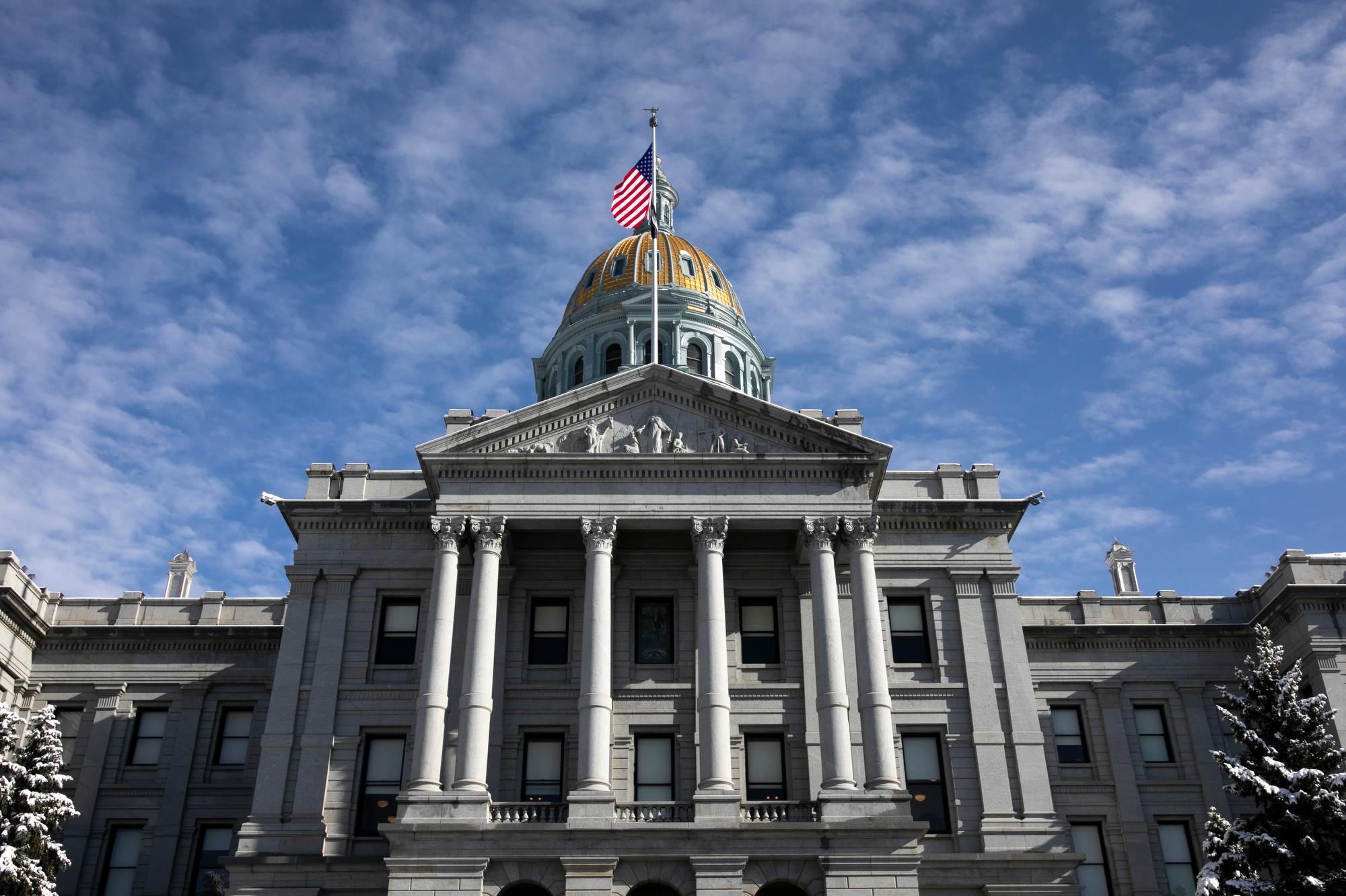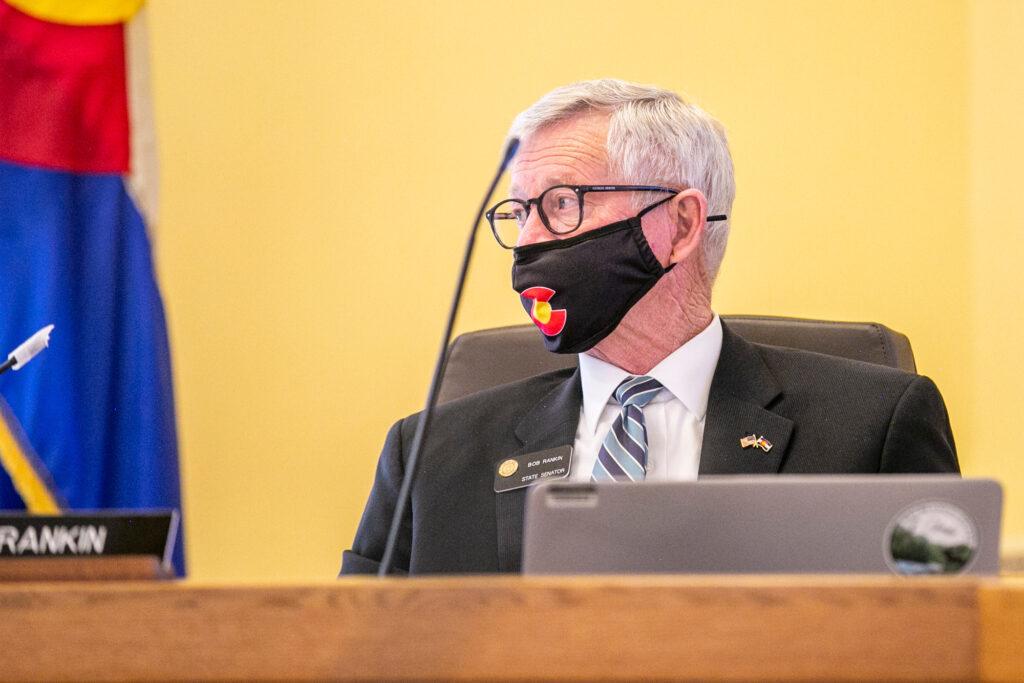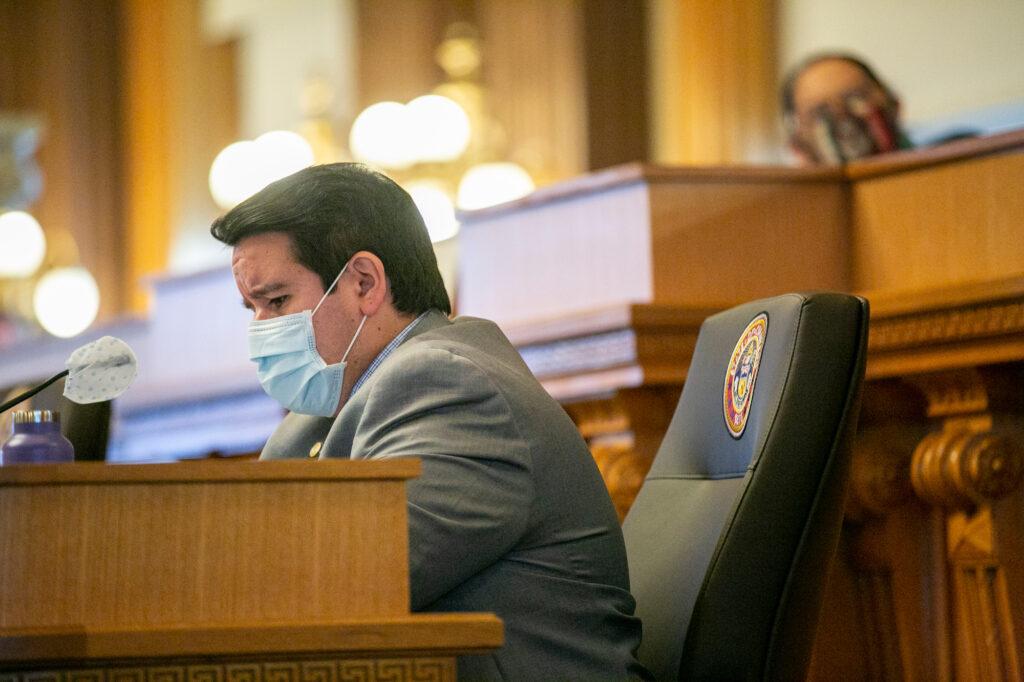
Colorado lawmakers are about to begin the annual process of debating and finalizing the next state budget, and the difference from last year’s budget couldn’t be more extreme.
The state has billions of additional dollars to spend, in stark contrast to the previous year when the pandemic forced the state to cut more than $3 billion. The legislature’s bipartisan Joint Budget Committee introduced its agreed-upon spending plan to the full Senate this week, after working on it through months of negotiations and public hearings.
The budget totals almost $12 billion in discretionary spending, an increase of $1.2 billion, or 11 percent, over the current General Fund spending levels.
Republican state Sen. Bob Rankin of Carbondale, a member of the committee, described this budget and its predecessor as historic.
“First, the cuts of last year, and there's this amazing restoration. You could write a book about it,” Rankin said.
All of this extra money is available largely because white-collar workers did better than expected during the pandemic. While that has meant more tax revenue, Colorado lawmakers are aware that lower-income workers haven’t rebounded in the same way. They said they want to target budget funds and COVID relief money to those Coloradans and to other vulnerable groups.

Rankin said he’s especially glad the proposed budget would reduce a long waitlist for services for people with intellectual and developmental disabilities, in part by funding more spaces in group homes.
“It creates 520 slots. That’s good news. We think we have as many as 3,000 people waiting for services. So it's a great start,” Rankin said.
The budget also contains good news for schools, which saw their budgets cut last year in the earlier stages of the pandemic. Gov. Jared Polis used federal aid to backfill some of the lost state dollars, and this budget will take education funding back above pre-pandemic levels.
“I think K-12 is going to be in a position where they can really rebound, help students catch up that fell behind during the pandemic,” said state Sen. Chris Hansen, D-Denver, who also sits on the budget committee.
Other parts of the budget aim to make the state more equitable. It would set aside money to increase access to health care for people of color and other underserved groups. And it adds funds for colleges and universities to recruit and retain students of color and first-generation students.

“All of those students, I would say they've been disproportionately affected by the pandemic, but they're the most likely in times of economic turbulence to not finish their college education,” said budget committee chair state Sen. Dominick Moreno, a Democrat from Commerce City.
Over the next few weeks lawmakers will debate dozens of amendments. Democrats control the state government and Rankin said he does expect fellow Republicans to push for changes, like more money set aside for roads and bridges. But he noted the budget already has some bipartisan support.
“I don't see major, major issues with the budget,” he said. “But the minority party always asks questions and you never get a unanimous vote on the budget, at least since I’ve been here.”
Once passed, this budget will go into effect with the start of the state’s next fiscal year, on July 1.
Even as lawmakers begin the final steps of the state budget process, there’s a major wildcard still out there. Lawmakers and Polis are in the process of figuring out how to spend Colorado’s share of the federal COVID relief money, which could be close to four billion dollars. Whatever they decide could change lawmakers’ priorities for the state’s own spending before this budget is finalized.









